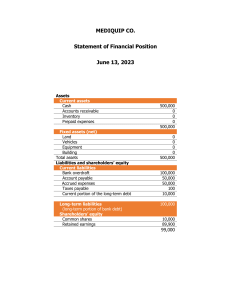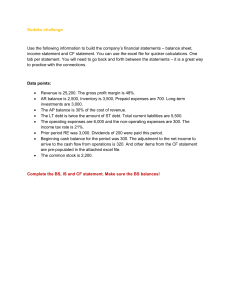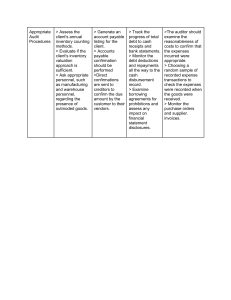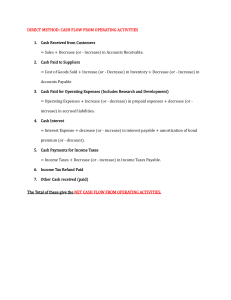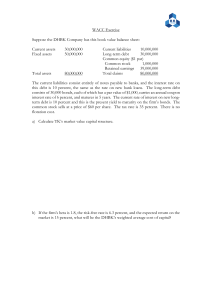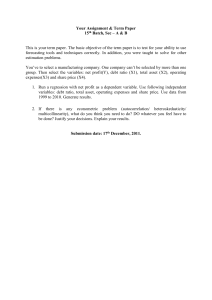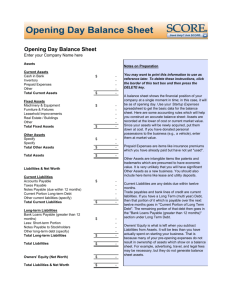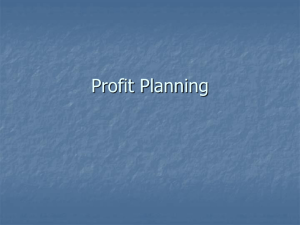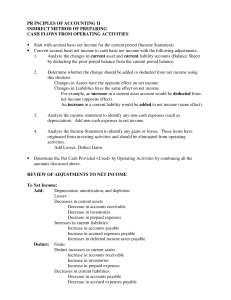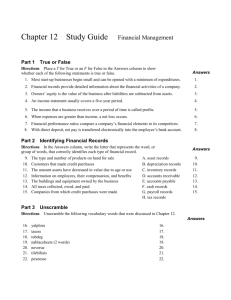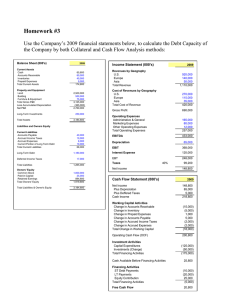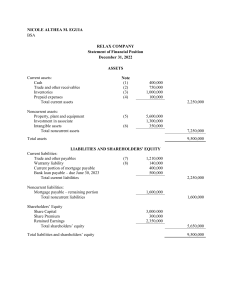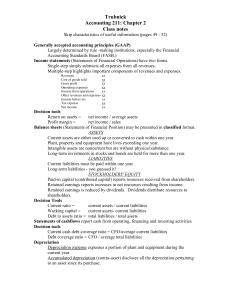Doc
advertisement
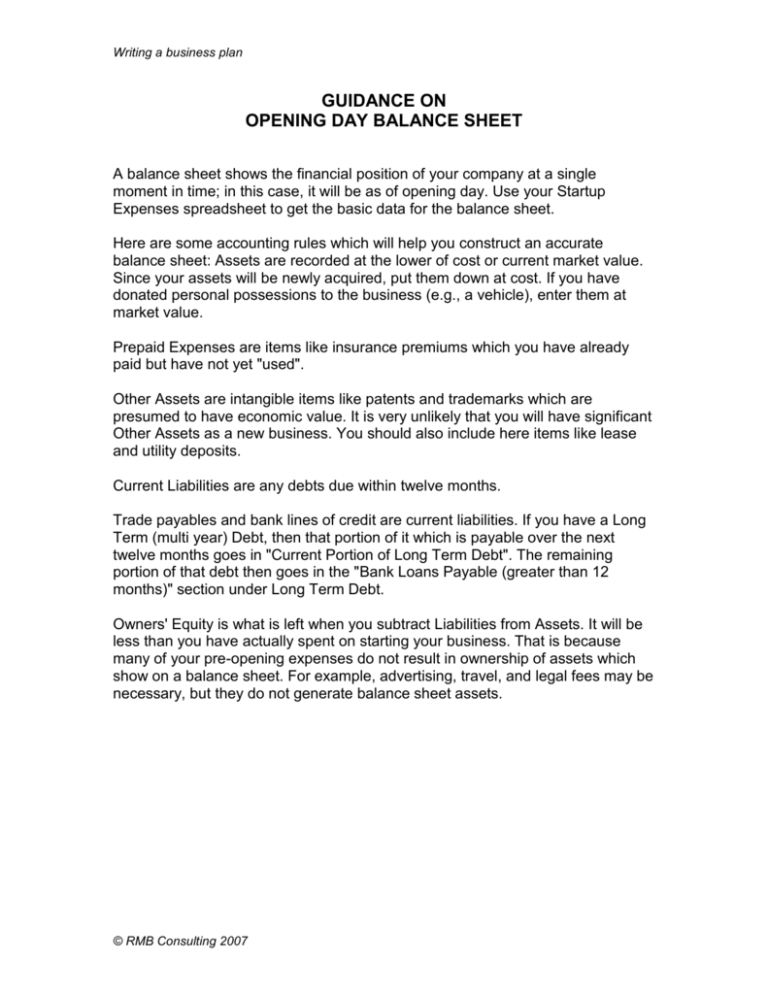
Writing a business plan GUIDANCE ON OPENING DAY BALANCE SHEET A balance sheet shows the financial position of your company at a single moment in time; in this case, it will be as of opening day. Use your Startup Expenses spreadsheet to get the basic data for the balance sheet. Here are some accounting rules which will help you construct an accurate balance sheet: Assets are recorded at the lower of cost or current market value. Since your assets will be newly acquired, put them down at cost. If you have donated personal possessions to the business (e.g., a vehicle), enter them at market value. Prepaid Expenses are items like insurance premiums which you have already paid but have not yet "used". Other Assets are intangible items like patents and trademarks which are presumed to have economic value. It is very unlikely that you will have significant Other Assets as a new business. You should also include here items like lease and utility deposits. Current Liabilities are any debts due within twelve months. Trade payables and bank lines of credit are current liabilities. If you have a Long Term (multi year) Debt, then that portion of it which is payable over the next twelve months goes in "Current Portion of Long Term Debt". The remaining portion of that debt then goes in the "Bank Loans Payable (greater than 12 months)" section under Long Term Debt. Owners' Equity is what is left when you subtract Liabilities from Assets. It will be less than you have actually spent on starting your business. That is because many of your pre-opening expenses do not result in ownership of assets which show on a balance sheet. For example, advertising, travel, and legal fees may be necessary, but they do not generate balance sheet assets. © RMB Consulting 2007
